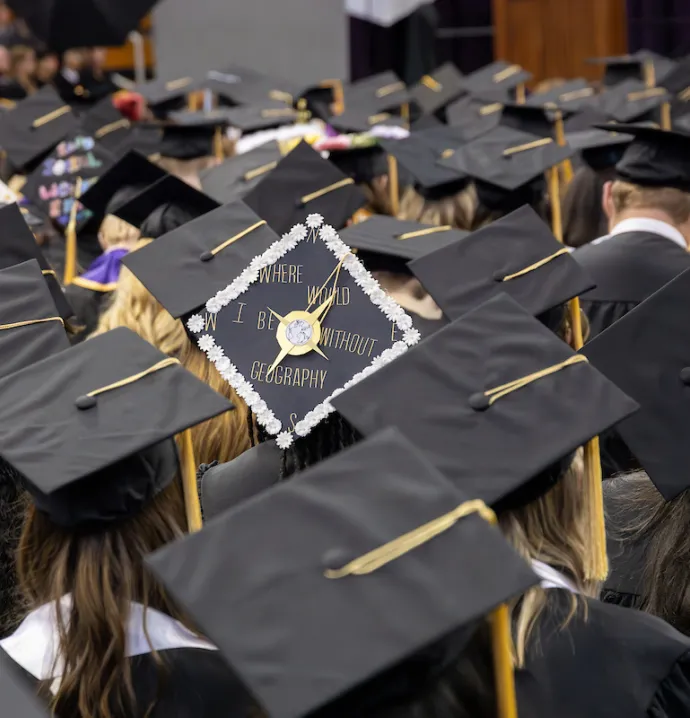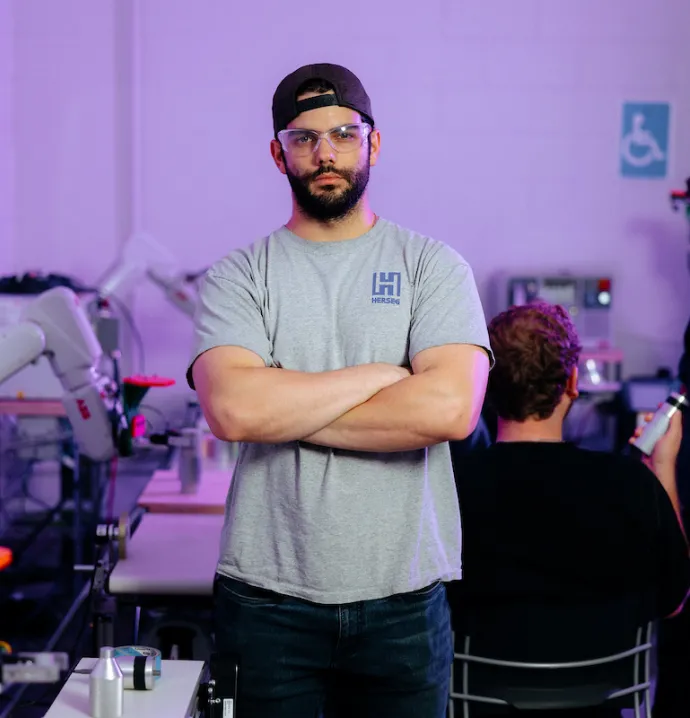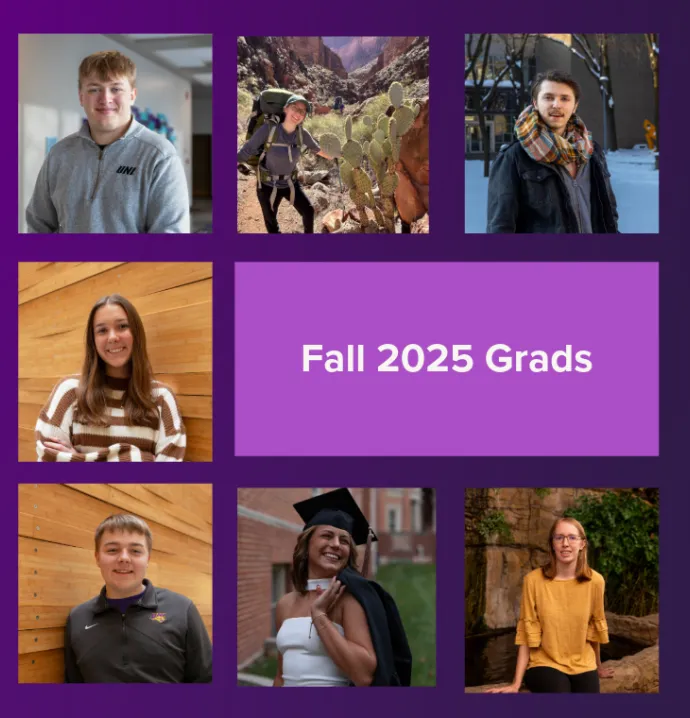Preparing tomorrow’s workforce in energy efficiency
Preparing tomorrow’s workforce in energy efficiency

UNI’s commitment to teachers continues well after they enter the classroom, not only through professional development opportunities but also through programming that can be adapted into their own lesson plans.
A group of UNI professors have produced a curriculum that teaches middle and high school students about electrical energy. The programming, which is available for free online, focuses specifically on issues impacting Iowans and frequently connects course content to careers in the energy field. The project is the result of three years of work funded by the Iowa Energy Center and includes classroom topics such as energy-efficient homes, wind power and what can drive up the electric bill.
“Students get to see how energy is a part of their everyday lives, rather than simply learning about the first law of thermodynamics as if it is disconnected from real processes,” said Alan Czarnetzki, professor in the earth and environmental sciences department who is the principal investigator of the grant from the Iowa Energy Center. “Even more than that, they get to see there are people doing interesting work with these concepts in meaningful ways in careers that are available to them.”
Czarnetzki, along with his colleagues Kyle Gray, Jill Maroo and Sadik Kucuksari, designed the curriculum around science education standards. They recruited a group of teachers from throughout Iowa to serve on the development team.
Through the content, students learn how to perform an energy audit in their homes, calculating how much electricity they use and figure out how to cut back on energy consumption. Another exercise encourages students to think about how they could generate electricity using green energy sources. Many lessons came back to showing students how electricity is generated, transmitted and used in homes, all while showcasing employment opportunities in energy careers in Iowa.
The lessons are paired with comic book-style illustrations created by Kate Murray, a former UNI student. The hope is that secondary students will find such illustrations more engaging than run-of-the-mill visuals.
Czarnetzki and his team have shared the project's website with teachers across Iowa. A variety of methods were used to disseminate this new resource, including sending postcards to every middle and high school science department in the state.
While keeping a focus on Iowa was crucial for the team, Czarnetzki notes that many of the lessons can be easily modified to be more localized to different parts of the country. The ability to modify the curriculum also allows teachers with diverse teaching styles to adopt the lessons.
“A teacher could download a certain unit, and then as they go through it, they could change things, remove things, add things they feel would be appropriate for their particular classroom,” said Czarnetzki. “We wanted them to be able to have the ability to do that and the ability to use the portions of the curriculum they would like to without having to use all of the lessons in a certain order.”
The team believes this curriculum illustrates one way that UNI is engaged with and working to benefit the state.
“People know there’s a historic connection with education at UNI, but I think this showcases the fact that our expertise goes beyond teacher preparation,” Czarnetzki said. “This curriculum is a testament to the fact that UNI plays a role not only in educating teachers but also in educating students throughout Iowa.”




